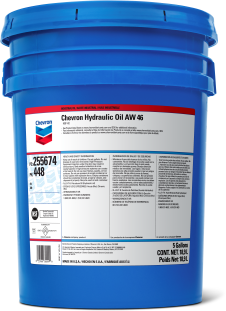Smartest Options for the Hydraulic Hose Now
Safety is the top priority in the field of hydraulic systems, in particular as regards the process of selecting, maintaining and replacing flexible hoses. Safety is the top priority in the field of hydraulic systems, in particular as regards the process of selecting, maintaining and replacing flexible hoses. In case of breakage of the pipe, while using a loader, for example, the cylinder can make the bucket close or unload its contents unexpectedly, causing serious safety risks, especially in the presence of applications at high heights. The hydraulic hose by BOA is the best option here.

Creating and maintaining a safe work environment may seem like a foregone conclusion, however, it is good to constantly reiterate the basics of collaborators and employees to help reduce the risk of catastrophic consequences. Routine maintenance, leaks, contamination, temperature and nominal pressure are all factors to consider when working with hydraulic equipment.
Schedule routine maintenance
Monthly inspection of hoses is a simple method for identifying the critical issues of groups of hydraulic hoses which in the future could turn into much more serious problems. The creation and strict observance of a maintenance plan require time and habit, however frequent checks on the hoses will avoid long and expensive downtime and properly maintained hydraulic equipment will last longer. Identification and labeling system such as the Parker Tracking System (PTS) is an efficient method for scheduling routine maintenance.
The PTS system helps customers reduce downtime by optimizing the speed, timing and accuracy of information retrieval for each group of hoses by using a unique identification code. The reporting tools also act as support in continuous improvement programs and preventive maintenance initiatives.
Pay particular attention to leaks
An external leak indicates the presence of a problem. In the event of significant losses, the large costs incurred for hydraulic oil could rise further due to possible penalties from the OSHA and EPA agencies and cleaning costs. Furthermore, the traces left by a leaking hydraulic system pose a substantial safety risk, because an operator or technician could easily slip and fall. Pressurized hydraulic fluid also implies a high risk of fire in case of threaded connectors, valve seals and damaged or lose hoses, especially if the machine operates in environments where there are constant sources of ignition, for example, the modeling of plastic materials, die casting, etc.
Replace obsolete or damaged groups
You need to learn to identify potential dangers such as cuts, coating abrasions, tight bends or excessive twisting. The coating protects the reinforcements of metal or fabric from adverse weather conditions and from risks deriving from the external environment, such as gravel. In the event of exposure of the metal or fabric, water and impurities can impair the integrity of the coating by rusting the metal or, in the case of the fabric, allowing water to penetrate the system and damage the fitting. It is also necessary to check that the flexible hose is not twisted by checking for the presence of infiltrations near the fitting or on the pipe and for air bubbles on the coating. In the presence of extremely abrasive phenomena or when abrasion is inevitable, it is advisable to consider pipes with special coatings, such as Parker pipe protectors. Recall that the nylon sleeves used to preserve the pipes do not completely prevent abrasion under the coating but on the contrary, in some cases, they may even contribute to causing it.




